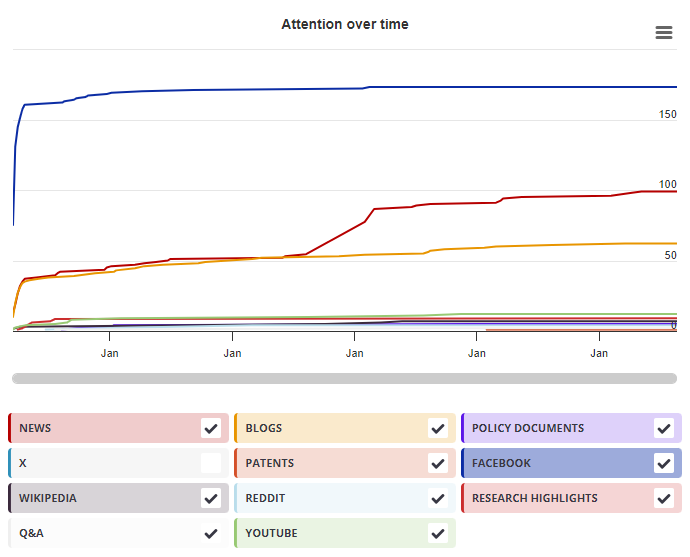| Title |
Overview on HTLV-1 p12, p8, p30, p13: accomplices in persistent infection and viral pathogenesis
|
|---|---|
| Published in |
Frontiers in Microbiology, January 2012
|
| DOI | 10.3389/fmicb.2012.00400 |
| Pubmed ID | |
| Authors |
Xue Tao Bai, Christophe Nicot |
| Abstract |
The human T-lymphotropic virus type-1 (HTLV-1) is etiologically linked to adult T cell leukemia/lymphoma and tropical spastic paraparesis/HTLV-1-associated myelopathy. While the role of Tax and Rex in viral replication and pathogenesis has been extensively studied, recent evidence suggests that additional viral proteins are essential for the virus life cycle in vivo. In this review, we will summarize possible molecular mechanisms evoked in the literature to explain how p12, p8, p30, and p13 facilitate persistent viral infection of the host. We will explore several stratagems used by HTLV-1 accessory genes to escape immune surveillance, to establish latency, and to deregulate cell cycle and apoptosis to participate in virus-mediated cellular transformation. |

X Demographics
As of 1 July 2024, you may notice a temporary increase in the numbers of X profiles with Unknown location. Click here to learn more.
Geographical breakdown
| Country | Count | As % |
|---|---|---|
| Switzerland | 1 | 50% |
| United States | 1 | 50% |
Demographic breakdown
| Type | Count | As % |
|---|---|---|
| Scientists | 1 | 50% |
| Members of the public | 1 | 50% |
Mendeley readers
Geographical breakdown
| Country | Count | As % |
|---|---|---|
| Brazil | 1 | 2% |
| Unknown | 48 | 98% |
Demographic breakdown
| Readers by professional status | Count | As % |
|---|---|---|
| Student > Ph. D. Student | 11 | 22% |
| Researcher | 7 | 14% |
| Student > Bachelor | 7 | 14% |
| Student > Master | 5 | 10% |
| Student > Postgraduate | 4 | 8% |
| Other | 3 | 6% |
| Unknown | 12 | 24% |
| Readers by discipline | Count | As % |
|---|---|---|
| Agricultural and Biological Sciences | 11 | 22% |
| Medicine and Dentistry | 8 | 16% |
| Biochemistry, Genetics and Molecular Biology | 7 | 14% |
| Immunology and Microbiology | 7 | 14% |
| Unspecified | 1 | 2% |
| Other | 2 | 4% |
| Unknown | 13 | 27% |